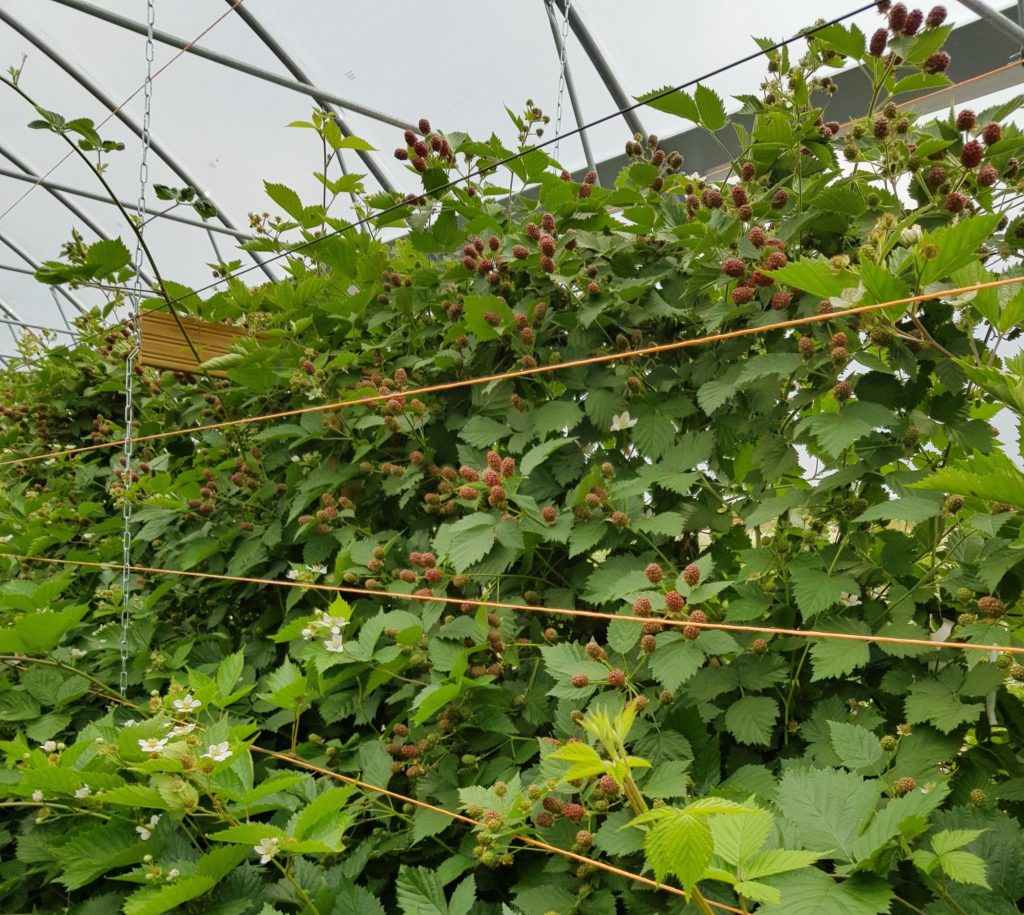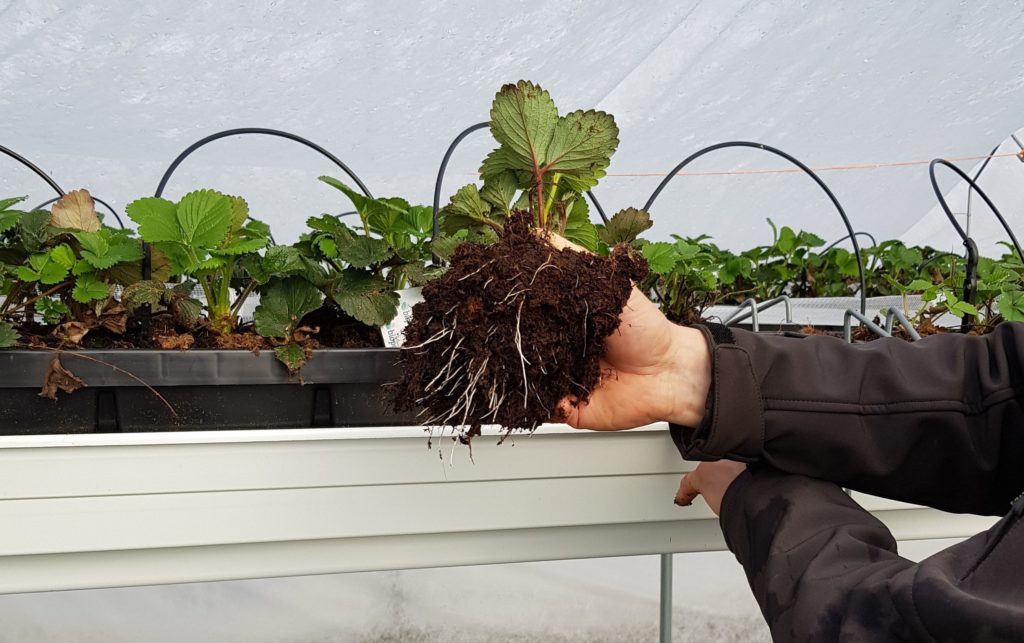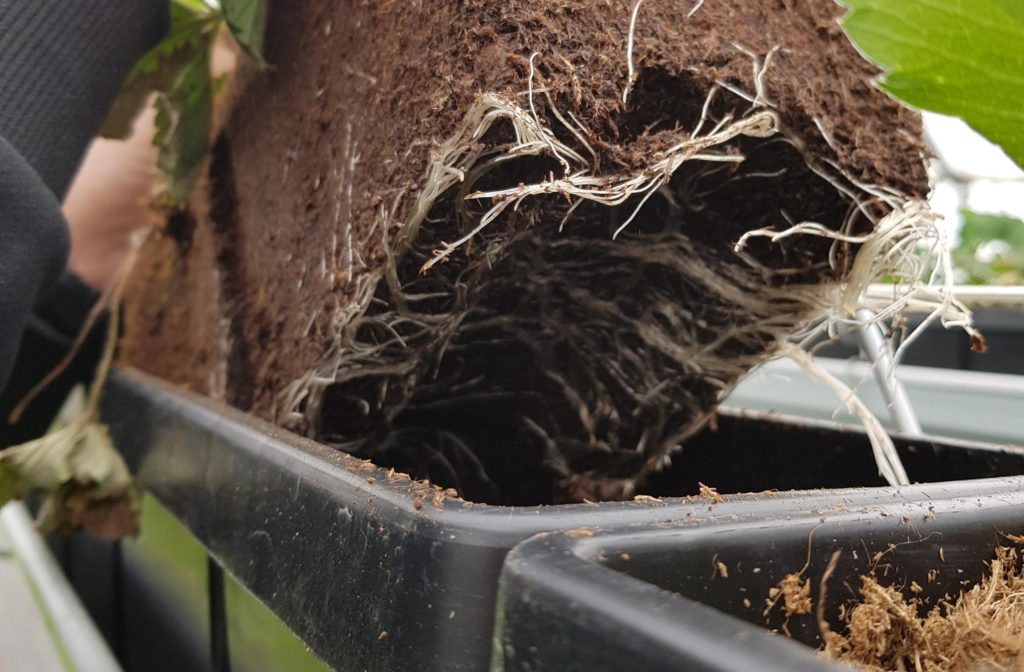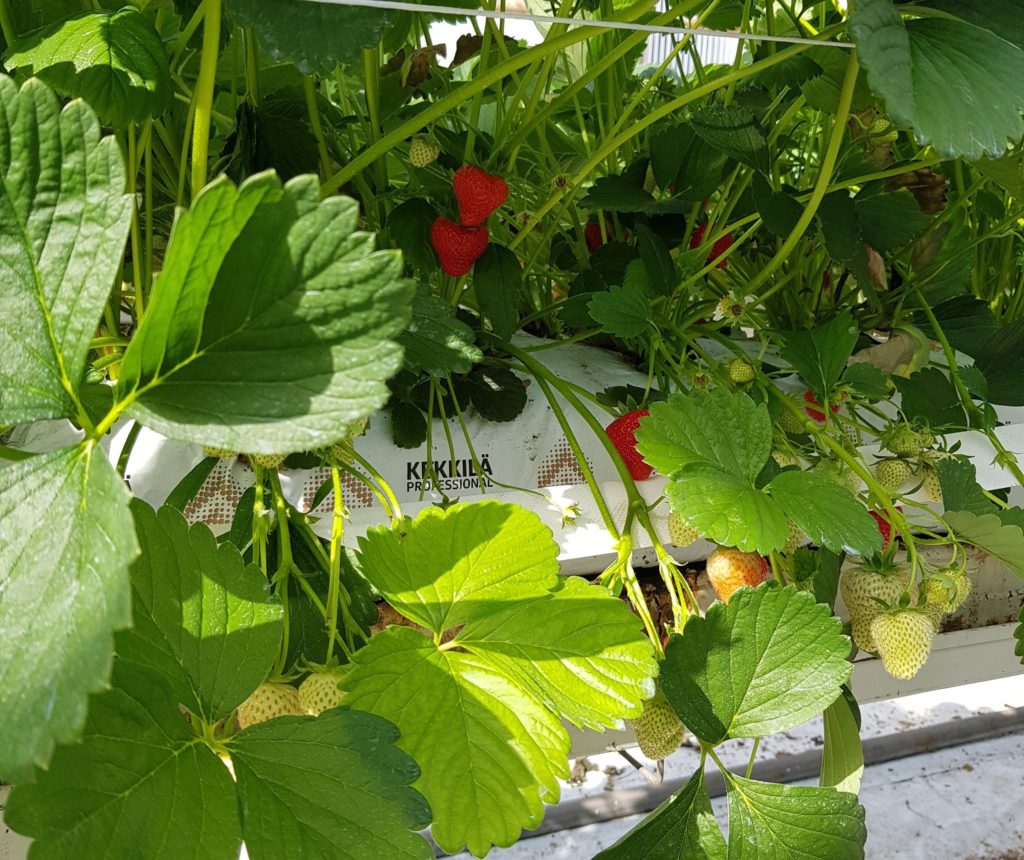Beginner’s tips for growing berries in tunnels
Growing berries in growing media in tunnels and greenhouses has become increasingly popular over the past few years. Growers can reach an optimal result by minimising the factors impairing the amount and quality of the crops both before and during the growing season.
Outdoor growers have had their share of problems over the past few growing seasons: high radiation levels, heat, heavy rainfall, snowless winters and the endless night frosts in the spring have been a source of stress and anxiety. Moreover, outdoor growers may face problems such as root diseases contaminating the soil. In addition pests threaten the crops while growers try to fight them with an ever-diminishing range of pesticides. This year, there have been more challenges with the limited availability of workers, which may become a larger issue in the future.
Tunnel and greenhouse growing can eliminate at least some of these factors impacting the amount and quality of crops. Of course, cultivation with growing media comes with its own challenges. It offers beginners a whole new world full of information they need to learn. Here are some tips I’ve gathered over time.
What to do before a new season
Plan your protective actions before the beginning of the season. Find out which diseases and pests are the most common issues for the plants you are growing and how to prevent them. The pests causing the largest damage include aphids, spider mites, trips and true bugs. When growing strawberries in a tunnel, powdery mildew is the exception rather than the rule, and root diseases are a common issue in both strawberry and raspberry.

Prevent the spread of diseases and pests
The best way to prevent diseases and pests is to ensure that the young plants are clean. When the young plants arrive, immediately check their quality and let the supplier know if there are any issues. Mark any suspicious plants and, if possible, place their pots close to each other to make it easy to dispose of them during the growing season.
You can prevent root diseases by using biological and chemical control substances. When choosing growing media, pay attention to porosity and permeability. Our most popular soft fruit growing media, FBM 640 Airboost as well as Natural Control and Container Boards, are made of coarse peat, moss and cotton grass. They offer an excellent water permeability and stabile structure, which means these are durable growing media.

When preventing powdery mildew, ensure that the growing media do not dry out during the season. This allows the peat-moss mix to perform optimally. As moss always retains water in its cells, it is a forgiving medium for small irrigation errors.
The right fertilisation guarantees growth
We also recommend making a fertilisation plan. You can use a fresh water analysis to check whether the quality of your water is sufficient and whether the water contains anything that should be taken into account in the fertilisation schedule.

What to do during the season
Monitoring the plants is the most effective way to prevent problems during the season. Monitor the plants for pests, disease and irrigation problems. We also recommend checking the electrical conductivity (EC) of the growing media at least every couple of days. Irrigation can be monitored by placing a container under the drip or trickle. This helps you quickly and easily check the flow of water. Another method is to monitor the amount of excess water. On sunny days, the temperature in the tunnel may rise rapidly and dry out the plants if there are problems in the irrigation.
Measuring the conductivity of the growing media from press water
We recommend monitoring the conductivity by using press water from the growing media. The best way is to sample the press water at the same time of day each time, a specific time after irrigation. The growing media should have a sufficient level of nutrients so that the berries are tasty and the quality remains high. Sufficient fertilisation ensures good, healthy growth, preventing diseases and pests from damaging the young plants. Excessive conductivity, in turn, limits the growth of the plants.
Regular conductivity measurements allow you to tackle any problems before it’s too late. In addition to the press water method, many growers use a probe meter to measure the conductivity, moisture and temperature of the growing media. Probe meters are quick and easy to use. Please note that the results of probe meters may vary considerably from one meter to another and are affected by the coarseness and moisture content of the growing media. We recommend starting by comparing the results of your probe meter with the press water meter.

Perfect moisture balance for your plants
The moisture-level within the growing media can be easily monitored by removing a handful of substrate from the pot and giving it a squeeze. You should see a good amount of water coming off the media. If you can only squeeze out a couple of drops, the growing media is too dry. If the substrate is dripping with water before you even squeeze it, it is too wet. At night, you can allow the growing media to become slightly dry as the plant will not need water for evaporation during the night. Excess moisture may cause issues such as powdery mildew.
Press water and leaf analyses may offer a more detailed interpretation of the efficiency of the fertilisation and the nutrient balance of the plant. Learn more on the websites of laboratories offering analysis services. Analyses must be carried out during different stages of growth, for example.
On sunny days, the conductivity may increase rapidly if the liquid fertiliser is not cut back in time. When the weather is cold and cloudy and the plants require less irrigation, it may be a good idea to increase the EC-level of the liquid fertiliser.
Learn from your mistakes
In cultivation, mistakes are bound to happen every year, whether caused by human error or other circumstances. We recommend taking notes on the weather conditions, fertilisation and protective measures during the season. You can use the notes to plan your next growing season.

